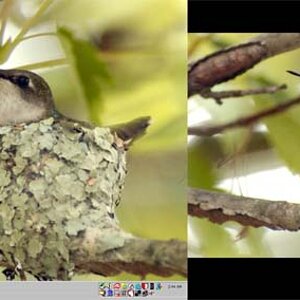Studio7Four
No longer a newbie, moving up!
- Joined
- Oct 5, 2010
- Messages
- 464
- Reaction score
- 62
- Location
- Boston, MA
- Website
- home.comcast.net
- Can others edit my Photos
- Photos OK to edit
Back to the OP's original issue(s)...
One reason for using multiple layers, rather than multiple manipulations of the same layer, is that it is easier to modify a previous step without losing everything you've done since then. Let's say you wanted to change a person's sweater from brown to red, so you could use it in a holiday card. You could select it on your initial layer, perform any operations you need, then move on to the next change you want to make. Or you could create a new layer, with appropriate masks, and perform your operations on that. Okay, now you've spent another hour doing some other editing steps and you realize you'd rather have that sweater be green rather than red. If you had changed it the first way, now you either have to reselect the right area and go through your operations again or hit "undo" until you get back there...and then recreate everything you've done since. Had you done it with layers, just go to that layer and make your modifications.
It's also a great way to see the effect of different options. For instance, if you create a black and white layer, you can hide/show that layer at any point to decide if you prefer the B&W or color version (or even ultimately create versions of each). If you had instead converted your base layer to B&W, you've thrown away the color data and cannot easily flip between them.
One reason for using multiple layers, rather than multiple manipulations of the same layer, is that it is easier to modify a previous step without losing everything you've done since then. Let's say you wanted to change a person's sweater from brown to red, so you could use it in a holiday card. You could select it on your initial layer, perform any operations you need, then move on to the next change you want to make. Or you could create a new layer, with appropriate masks, and perform your operations on that. Okay, now you've spent another hour doing some other editing steps and you realize you'd rather have that sweater be green rather than red. If you had changed it the first way, now you either have to reselect the right area and go through your operations again or hit "undo" until you get back there...and then recreate everything you've done since. Had you done it with layers, just go to that layer and make your modifications.
It's also a great way to see the effect of different options. For instance, if you create a black and white layer, you can hide/show that layer at any point to decide if you prefer the B&W or color version (or even ultimately create versions of each). If you had instead converted your base layer to B&W, you've thrown away the color data and cannot easily flip between them.



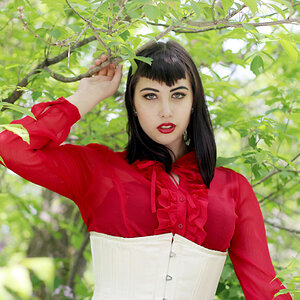
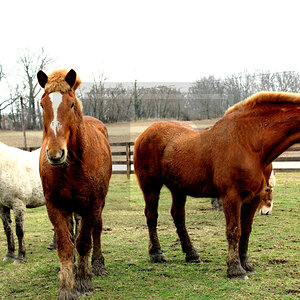
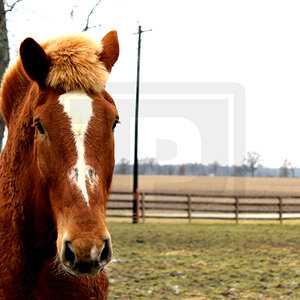
![[No title]](/data/xfmg/thumbnail/32/32158-8de1a90710a58144b47a0cee83a6c820.jpg?1619735234)
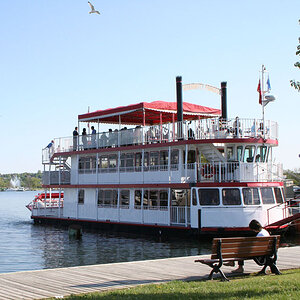
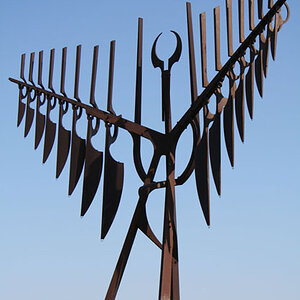
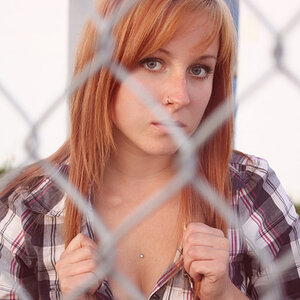
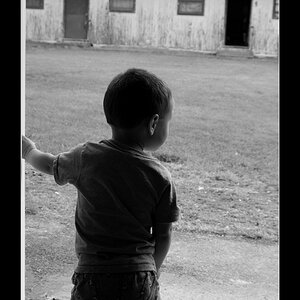
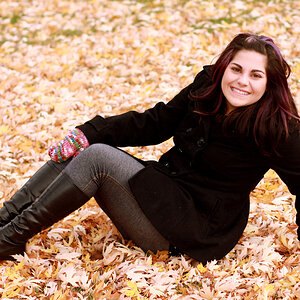
![[No title]](/data/xfmg/thumbnail/37/37413-e579e9da185db973d8cb34300b9f0eb9.jpg?1619738059)
